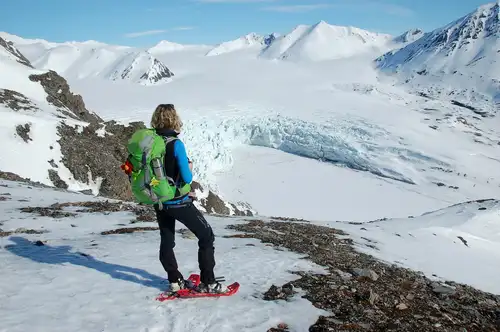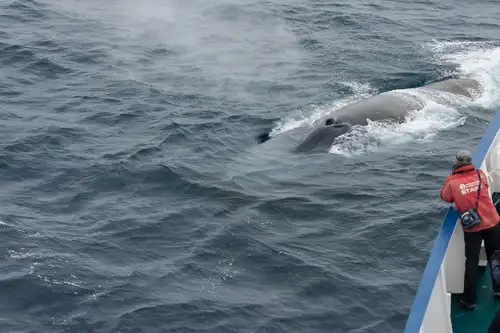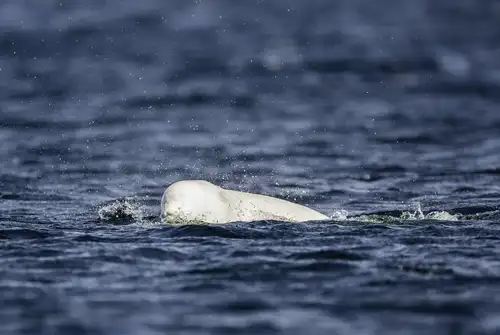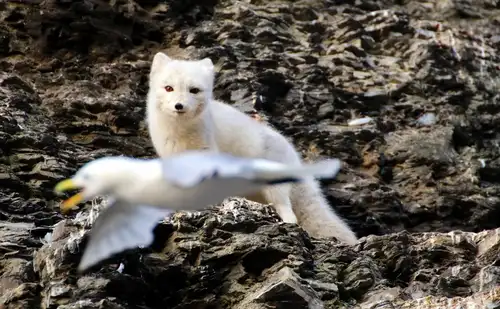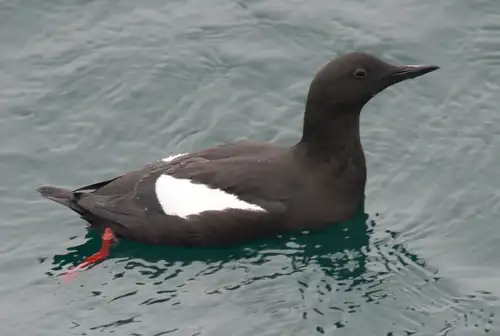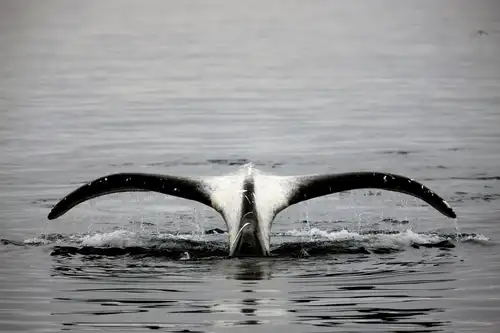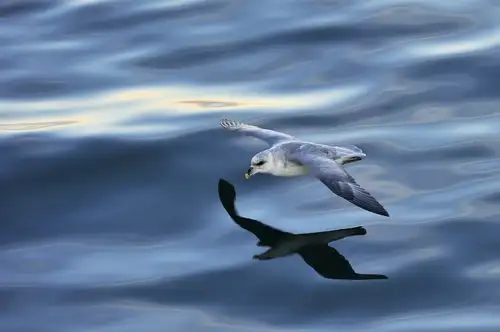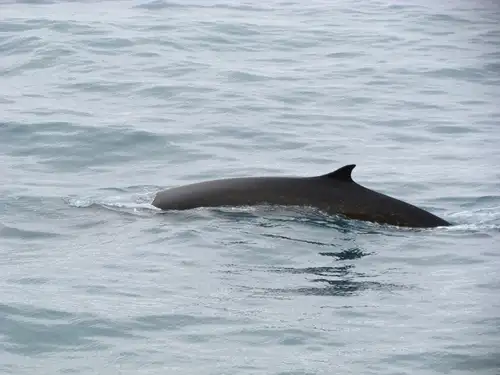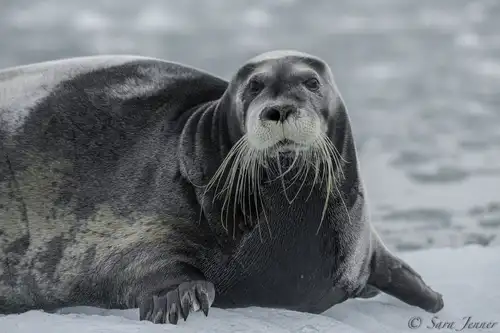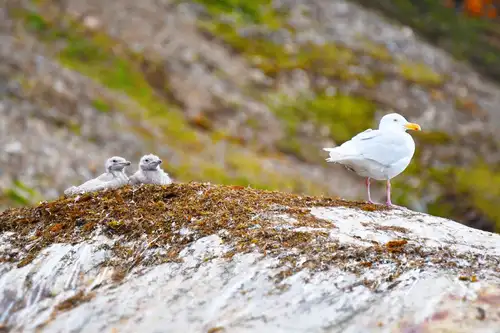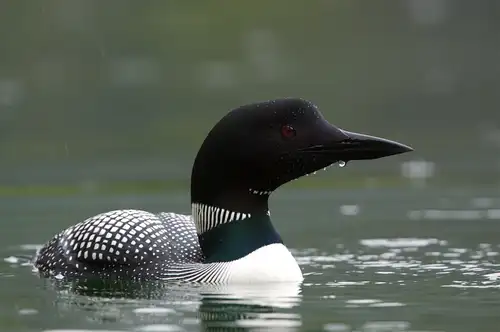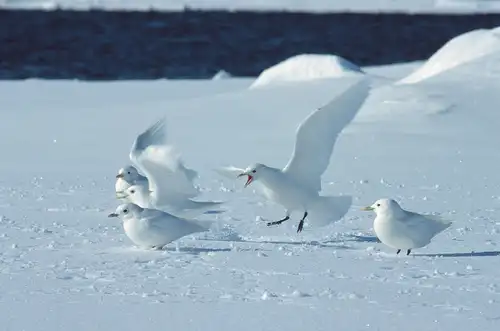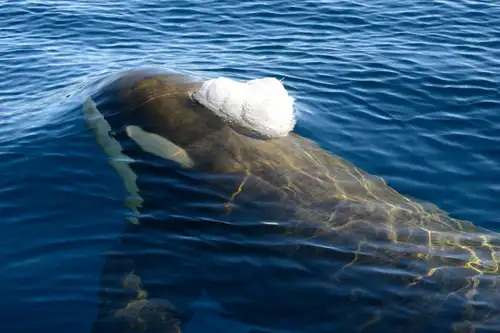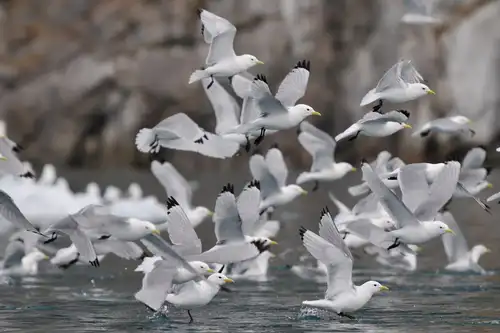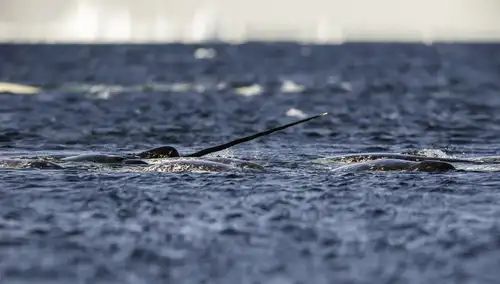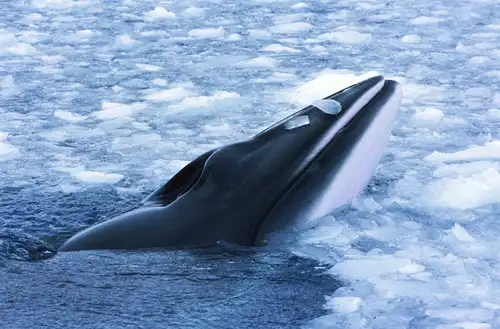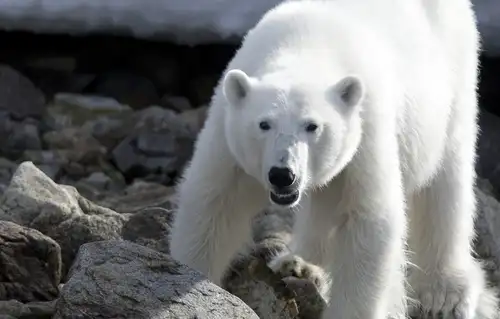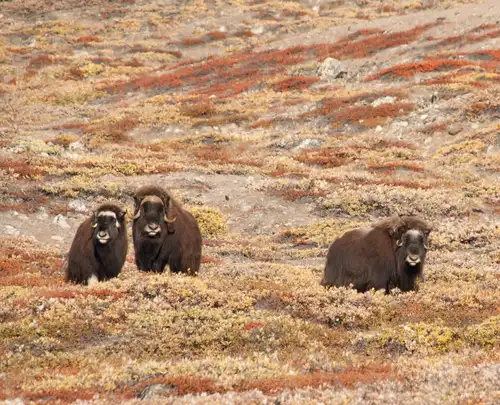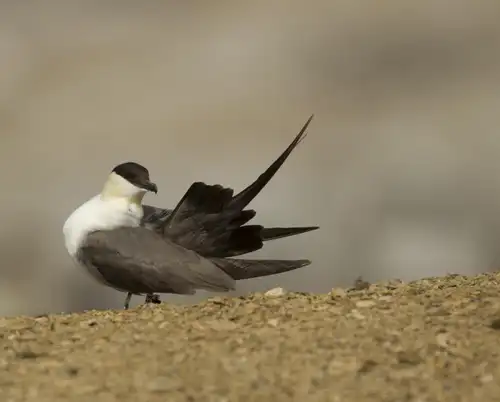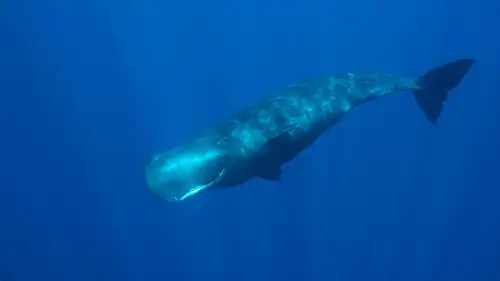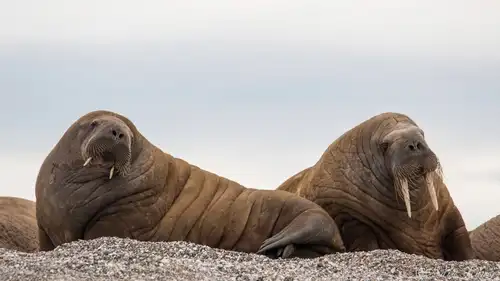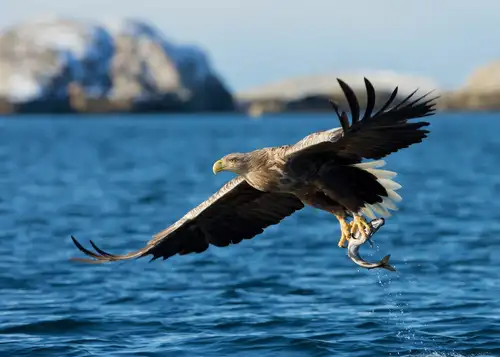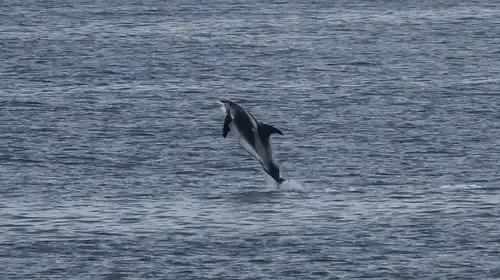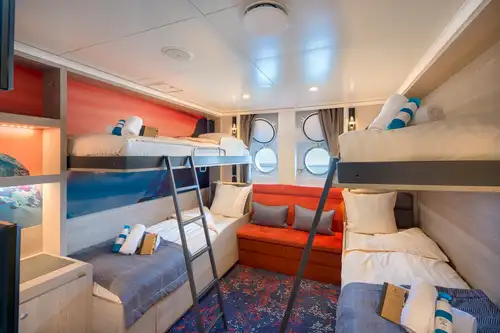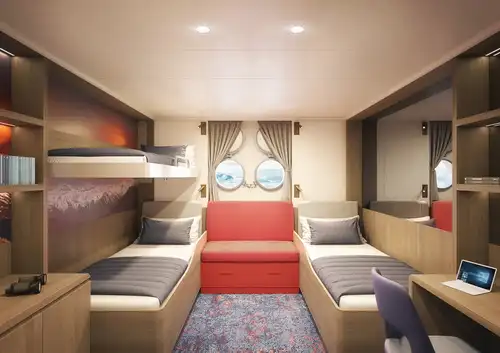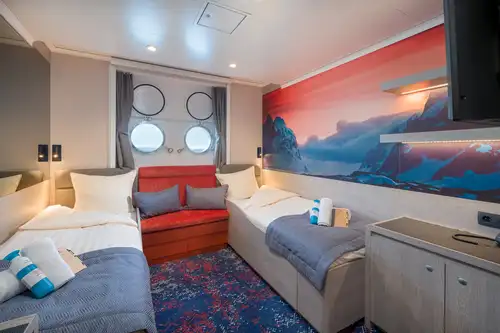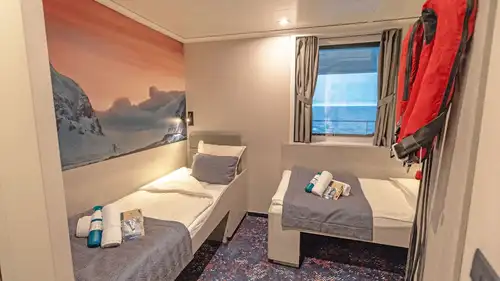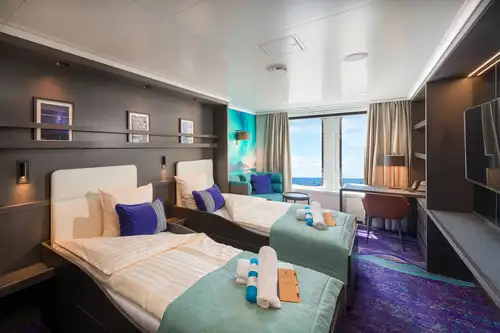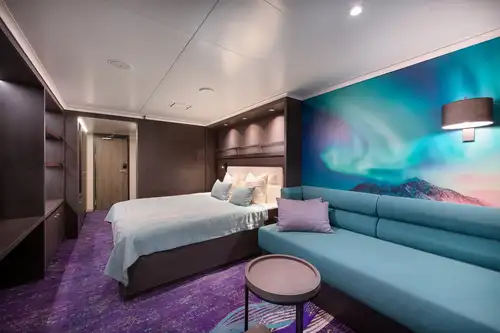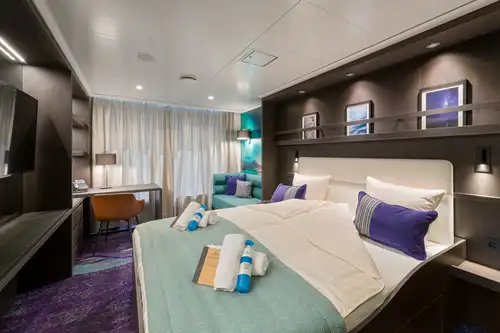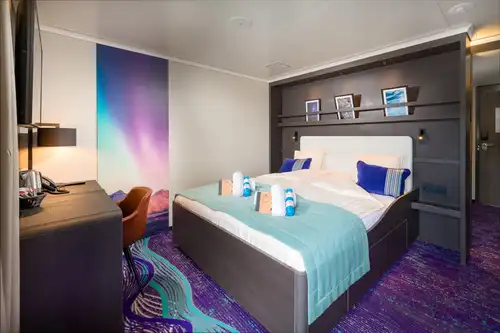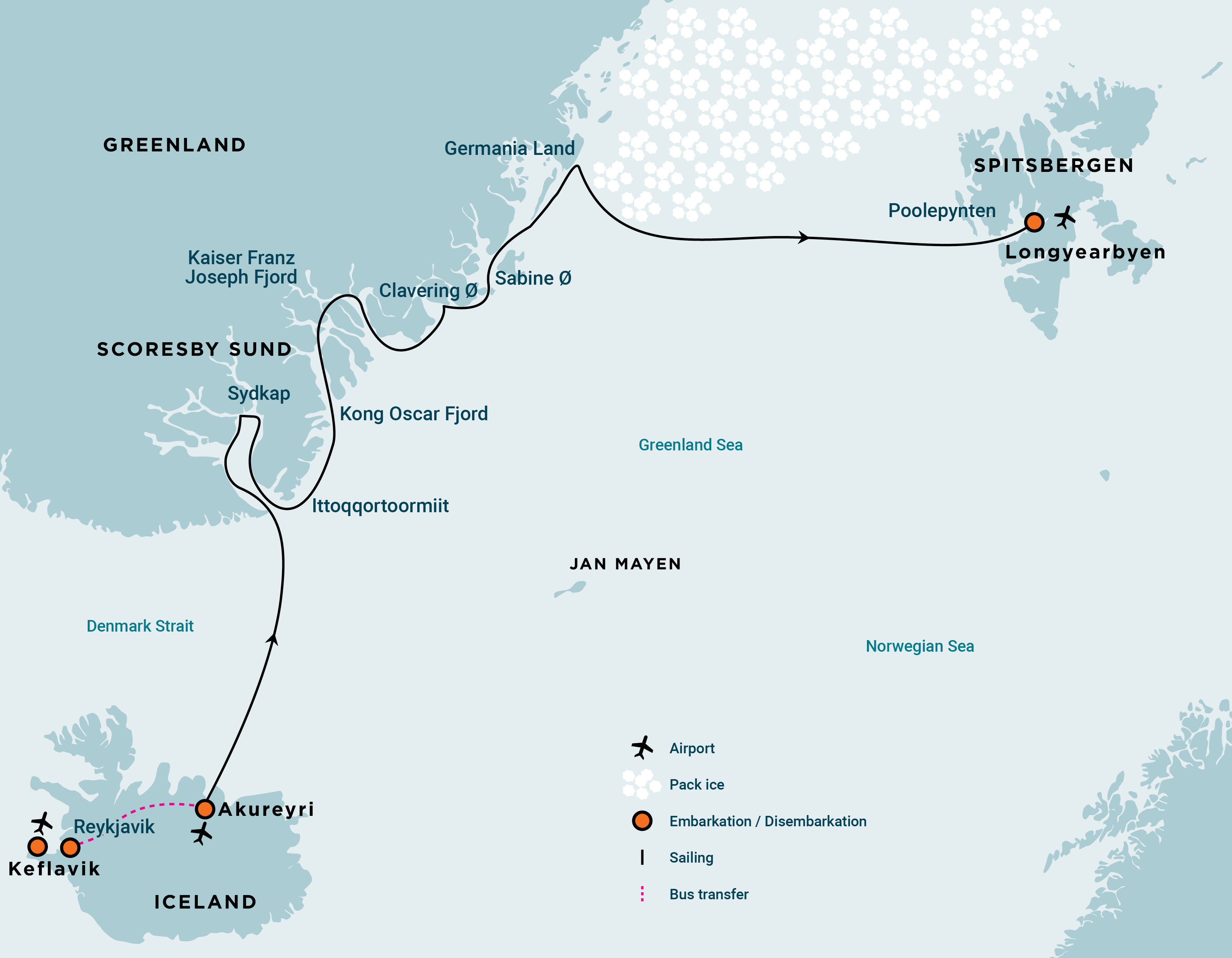










































 14 Days/13 Nights
14 Days/13 Nights
Your journey starts in the morning. You can take a bus from Reykjavik to the ship in Akureyri, arriving in the afternoon after a six-hour drive. This bus ride must be booked and paid for in advance.
In the evening, the ship leaves Akureyri, and you might see whales at the fjord's mouth. At night, we cross the Arctic Circle.
Heading to East Greenland
As we sail north, you might spot birds like fulmars and kittiwakes, and maybe even whales. By evening, icebergs appear as we near the east Greenland coast.
Reaching the World's Largest Fjord
We arrive at Scoresby Sund, sailing along the icy coast. You might take a small boat ride past glaciers and see ice formations. In the afternoon, we sail among giant icebergs and may land at Charcot Havn to walk to the Charcot Glacier.
Huge Icebergs & Arctic Hares
In the morning, you’ll see massive icebergs. We land near Sydkap, with views of Hall Bredning and a chance to see Arctic hares. A long walk is planned from Sydkap to Nordøstbugt, where you might see whale bones and old Thule houses.
Visit to Ittoqqortoormiit
We stop at Ittoqqortoormiit, the only settlement in Scoresby Sund. You can buy stamps or explore the area. In the afternoon, we sail past Liverpool Land and into Kong Oscar Fjord at night.
Alpefjord's Peaks
We enter Segelsällskapets Fjord, landing on the south shore to see ancient formations. A hike might reveal musk oxen and Arctic hares. Alternatively, we explore Alpefjord and cruise around Gully Glacier.
Islands of Antarctic Sound
We pass by Ruth, Maria, and Ella islands, then reach Teufelschloss, a mountain with unique geology. In the afternoon, we sail through Kaiser Franz Joseph Fjord.
Thule Culture Remains at Eskimonaes
We hope to land at Eskimonaes, where Thule culture people were once seen. Their remains are scattered across Greenland.
Islands with Polar History
We sail by islands where early polar expeditions landed, like Sabine Ø and Bass Rock. At night, we pass Shannon Ø.
Store Koldewey
This island was named by a German expedition. We aim to land at historical sites like Kap Alf Trolle. The landscape is less alpine, and we may encounter sea ice.
Germania Land
We might land at sites in Germania Land, home to musk oxen and sometimes wolves. Landings depend on conditions.
Through the Sea Ice
We sail eastward, watching for whales, seals, and polar bears. This area is a dynamic Arctic frontier.
Approaching Spitsbergen
We sail eastward toward Spitsbergen. If time allows, we may land at Poolepynten to see walruses.
Longyearbyen
In Longyearbyen, you can explore this former mining town or catch a flight to Oslo for your next journey.





























































































m/v Hondius
Hondius is the world’s first-registered Polar Class 6 vessel and was built from the ground up for expedition cruising.

Specifications
| Passengers: | 170 in 80 cabins |
| Staff & crew: | Crew 57 | Guides 13 | Doctor 1 |
| Length: | 107.6 meters |
| Breadth: | 17.6 meters |
| Draft: | 5.30 meters |
| Ice class: | Polar Class 6 (equivalent 1A-Super) |
| Displacement: | 5,590 tonnes |
| Propulsion: | 2 x ABC main engines; total 4,200 kW |
| Speed: | 15 knots |
Cabins Gallery


Ship Interior Gallery


Ship Exterior Gallery


Hondius is the first-registered Polar Class 6 vessel in the world, meeting the latest and highest Lloyd’s Register standards for ice-strengthened cruise ships. Surpassing the requirements of the Polar Code adopted by the International Maritime Organization (IMO), Hondius represents the most flexible, advanced, innovative touring vessel in the polar regions, thoroughly optimized for exploratory voyages that provide you the utmost first-hand contact with the Arctic and Antarctica.
Happier polar passengers, healthier polar environment
Not only will the numerous amenities and on-board entertainments help make your Hondius voyage truly memorable, this ship also gives you the peace of mind that comes with choosing one of the most environmentally friendly vessel on the polar seas.
Hondius uses LED lighting, steam heating, bio-degradable paints and lubricants, and state-of-the-art power management systems that keep fuel consumption and CO2 levels minimal. This means that when you sail aboard Hondius, you get to enjoy the exotic landscapes and wildlife as much as possible while impacting them as little as possible.
Hotel comfort, expedition class
The best view is always on the outer deck or the bridge. Hondius offers high-quality accommodation for 170 passengers in six grand suites with balconies (27 square meters, 291 square feet), eight junior suites (19 to 20 square meters, 205 to 215 square feet), eight superior cabins (20 to 21 square meters, 215 to 226 square feet), 11 twin deluxe cabins, (19 to 21 square meters, 205 to 226 square feet), 14 twin window cabins (12 to 14 square meters, 129 to 151 square feet) as well as 27 twin porthole cabins, two triple porthole cabins, and four quadruple porthole cabins that vary in size from 12 to 18 square meters, or 129 to 194 square feet.
One deck consists of a large observation lounge and a separate lecture room, which are reserved for a wide variety of interactive workshops, exhibitions, and performances particular to Hondius.
Swift & safe ship-to-shore operations
It is our philosophy to keep sea time short so that we can focus instead on fast, effective access to shore and near-shore activities. To give you the maximum contact with the nature and wildlife you traveled so far to see, we employ a tough fleet of rigid-hull inflatable Zodiac boats that guarantee swift and safe landing operations for the passengers. Hondius has two separate gangways and a sheltered indoor Zodiac boarding area that can also be used for special outdoor activities, such as kayaking.
What to wear
In keeping with the spirit of the expedition, dress on board is informal. Bring casual and comfortable clothing for all activities, and keep in mind that much of the scenery can be appreciated from the deck ― which can be slippery. Bring sturdy shoes with no-slip soles, and make sure your parka is never far away in case one of our crew shouts “Whales!” over the loudspeaker and you have to dash outside at a moment’s notice. Opt for layers, as it is comfortably warm aboard the ship though often cold on deck.
How to pay
Refreshments and souvenirs will be charged to your cabin. The day before departure you can settle your bill with the hotel manager, paying by credit card (Visa or MasterCard) or cash (euro, or in some cases dollar). We cannot, however, accept checks. Though the prices and standard currency on board is in the euro, other currencies may be accepted at the discretion of the hotel manager, at prevailing rates.
Electric current
The electrical supply aboard ship is 220v, 60Hz. Electrical outlets are standard European with two thick round pins, so some passengers may need a 220v/110v converter.
Gratuities
The customary gratuity to the ship’s service personnel is made as a blanket contribution at the end of the voyage and is divided among the crew. Tipping is a personal matter, and the amount you wish to give is at your sole discretion. As a generally accepted guideline, we suggest 15 euros per passenger per day. It is better for the crew if you give cash.
Non-smoking policy
We have a non-smoking policy inside all our vessels, though you can smoke in certain designated areas. We ask that you please respect the wishes of non-smokers.
Your physical condition
You must be in good overall health and be able to walk several hours per day. The expedition is ship-based and physically not very demanding, but we spend as much time as possible on shore. You are, however, welcome to remain aboard the ship if you prefer. To join most excursions you must be able to get up and down the steep gangway ― from the ship to the water level ― to board the Zodiacs. Staff will assist you in and out of the boats, and boarding will become progressively easier with practice, but conditions on shore can be slippery and rocky. Remember, you will be traveling in remote areas without access to sophisticated medical facilities, so you must not join this expedition if you have a life-threatening condition or need daily medical treatment.
- We use sturdy inflatable Zodiac boats for all landings. As there are few harbors in the areas we sail, these boats are critical to our expeditions. Our motor vessels are equipped with gangways for boarding the Zodiacs, but our sailing vessel uses a small side ladder. Using this ladder is not very demanding, but passengers must be physically able to climb and descend them.
- It is difficult to determine this, as it depends on our distance from Stanley, the Falkland Islands, or Ushuaia. There are no helicopter or plane evacuations from South Georgia and the South Sandwich Islands, nor is there any medical facility able to help with a serious medical situation in this area. It will take at least 2-3 days from South Georgia to Stanley, and similar if a medical emergency happens between South Georgia and the Antarctic Peninsula. All scenarios are highly weather dependent. Near the Antarctic Peninsula, we have the chance to use the airfield at Frei/Bellingshausen station at King George Island in the South Shetlands, but this is not a given and needs to be arranged in advance. Assuming that such arrangements can be made, evacuation time may be between 1-2 days depending on weather conditions. If flight arrangements are possible but the weather does not cooperate, it could delay a medevac or force the ship back to Ushuaia. We are far away from any feasible medical facility in Antarctica. Any evacuation takes a lot of time and could have a severe impact on the rest of the trip. If you are in poor health or in doubt, please consult your physician for a check-up beforehand. On our motor vessels, we have a qualified physician who sails with us on all trips. The infirmary on board our motor vessels is only suited for first-aid care.
- No, you are not able to change currency on board.
- The currency used on all vessels is the Euro, but you can also pay with USD.
- Even though Greenland is the largest island in the world, it only has a population of just under 56,000 people. This lack of population is caused by the majority of Greenland being uninhabitable. Approximately 88 percent of the people living in Greenland are Inuit, with the rest being mostly a mixture of Danes and Europeans.
- Huge outlet glaciers slowly slide down the mountains towards the sea where the ice breaks of and creates the huge cathedral like icebergs that are so abundant in the Greenlandic waters.
- The Hondius was built in Croatia in 2018 and delivered in 2019.
- The number of passengers is limited to 174 on the Hondius. Furthermore the vessel is manned by 24 highly experienced international nautical crew, 32-34 international hotel crew, 13 expedition staff (1 expedition leader, 2 assistant expedition leaders and 10 guides/lecturers) and 1 doctor.
You May Also Like


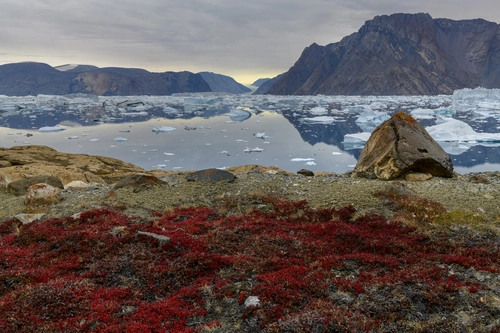
Spitsbergen - Northeast Greenland, Fly & Sail
 20 Days / 19 Nights
20 Days / 19 Nights
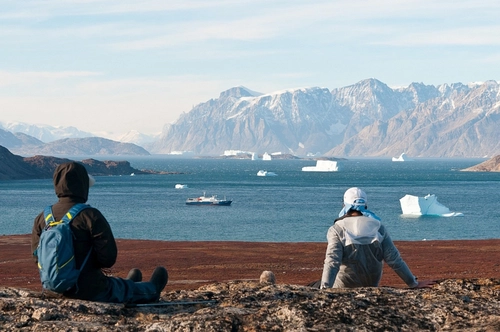
Northeast Greenland Extreme
 14 Days / 13 Nights
14 Days / 13 Nights

East Greenland, Scoresby Sund, Including Long Hikes
 10 Days / 9 Nights
10 Days / 9 Nights

East Greenland, Scoresby Sund - Aurora Borealis, Fly & Sail
 11 Days / 10 Nights
11 Days / 10 Nights
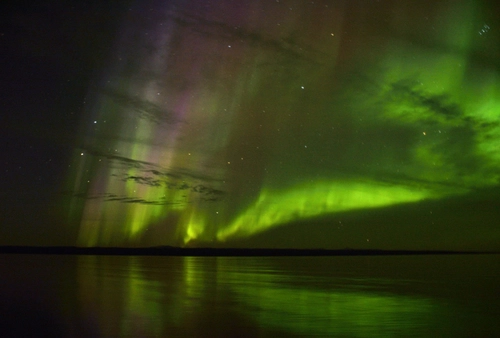
East Greenland, Scoresby Sund - Iceland , Aurora Borealis, Fly & Sail
 12 Days / 11 Nights
12 Days / 11 Nights

Greenlandic Inuit Beliefs

Amazing Greenland

10 Tips for Photographing the Northern Lights

The World Is Changing for Greenland's Native Inuit People

Scoresby Sund: the Greatest Greenland Adventure
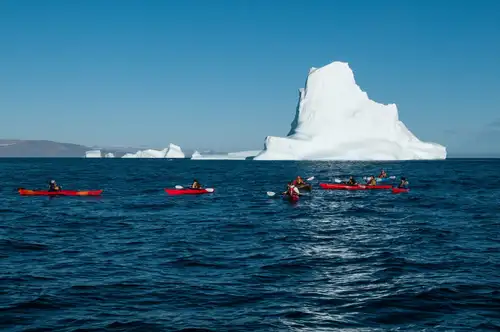
Kayaking In Greenland
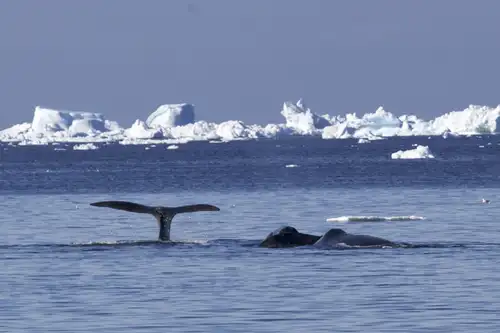
The bowhead whale, whaling about the Arctic
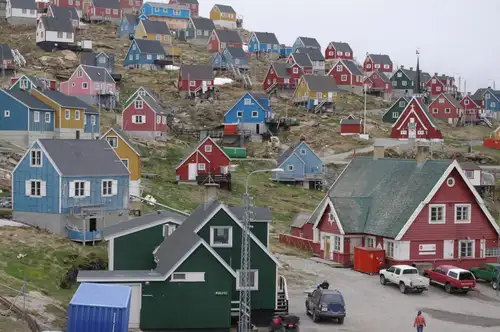
10 Traits of Post-Ice-Age Greenland
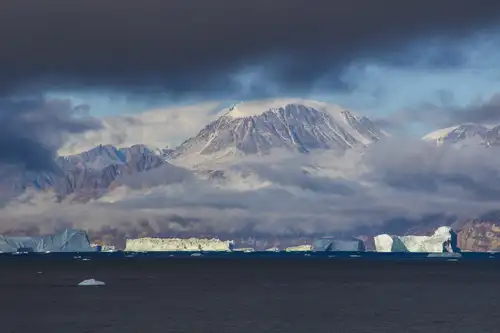
Greenland: East vs. West
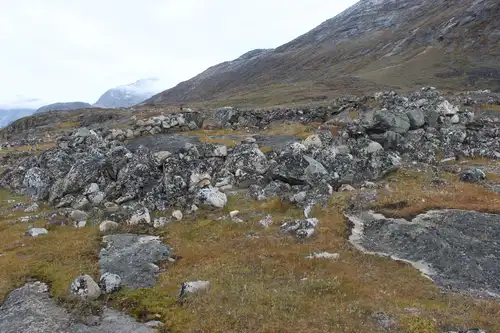
The Norse Settlement of Greenland
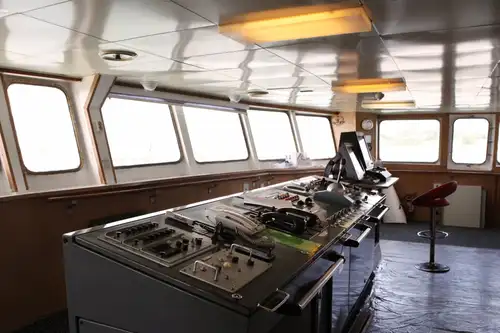
Navigating by touch through the sea ice
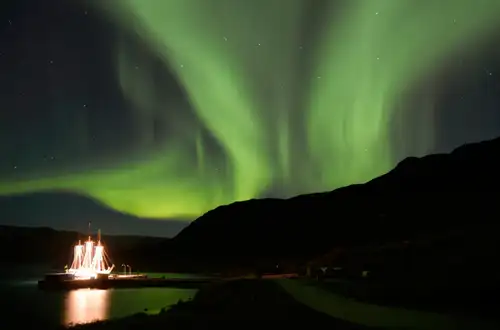
The Northern Lights dancing across the skies

Discover the Scoresby Sund Fjord System in East Greenland
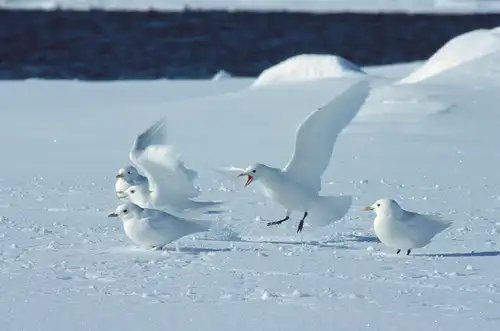
Birds of the North: 29 Arctic Birds and Seabirds
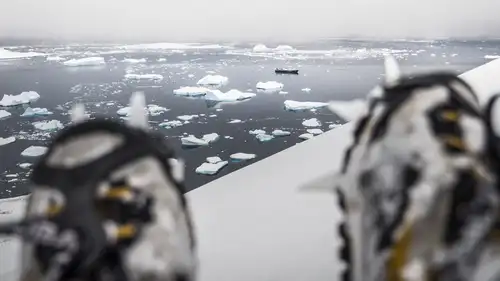
Arctic and Antarctic Basecamp Cruises – Choose Your Own Adventure

Traditional Lifestyles of the Inuit
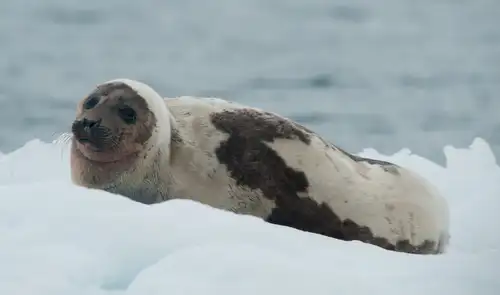
Harp seals harping on in Greenland

The Arctic’s Most Phenomenal Fjords
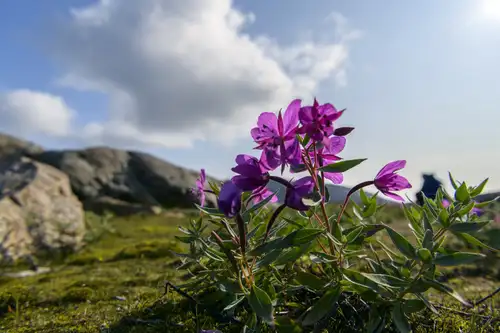
Arctic Flowers, Trees, and Other Plant Life
